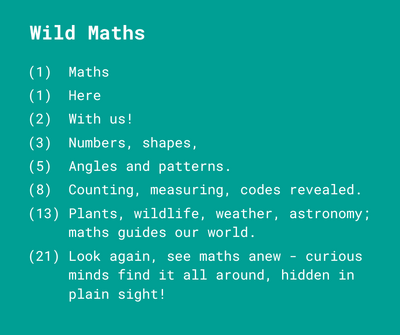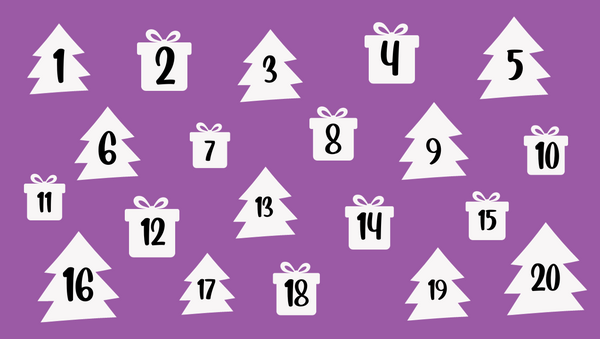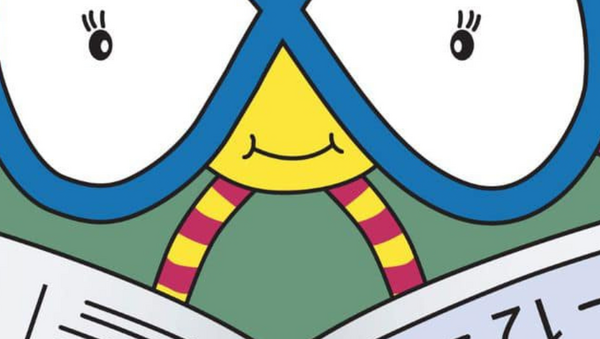Wild Fibonacci: Poetry Meets Maths

Maths isn’t just about numbers and equations – it’s also about shapes, angles, patterns, sequences and so much more. You’ve heard us say this before, but maths is everywhere, all around us! This year’s Wild Maths theme invites you to explore maths in the natural world. One of the most fascinating examples of this is the Fibonacci Sequence.
The Fibonacci Sequence is a pattern of numbers first described in Indian mathematics as early as 200 BC by the ancient Indian poet and mathematician Pingala. It is named after Leonardo Bonacci, an Italian mathematician from the 12th to 13th century also known as Fibonacci, who introduced the sequence to Western European mathematics.
Each number in the sequence is the sum of the two preceding numbers:
- 0 + 1 = 1
- 1 + 1 = 2
- 1 + 2 = 3
- 2 + 3 = 5
- 3 + 5 = 8
This gives us the sequence: 0, 1, 1, 2, 3, 5, 8, 13, 21, 34, 55 and so on.
What makes the Fibonacci Sequence so interesting, is that it appears in many places in the natural world. For example, many flowers have 3, 5, 8, 13, 21 or more petals.
If you square each Fibonacci number (1x1, 2x2, 3x3, 5x5 and so on) and arrange them clockwise in sequential order, a spiral can be formed by connecting the corners with a curve. The curves of many animal horns, claws, beaks or tusks follow this spiral.
Other examples of the Fibonacci numbers or curves in nature include snail shells, sunflowers heads, pinecones, pineapples, Romanesque broccoli, the furled fronds of young ferns, and some aloe plants.
Fibonacci Poems
We thought it would be a fun challenge to write some poems based on the Fibonacci Sequence – and then we discovered this is already a thing! In April 2006, Gregory K. Pincus, a writer from Los Angeles, shared some Fibonacci inspired poems – which he dubbed ‘Fibs’ - on his blog for National Poetry Month. Whilst writing poetry based on numerical sequences has been around for centuries, his ‘Fibs’ went viral, and a new movement was born.
So, how do you write a Fibonacci poem? For his ‘Fibs’, Pincus sticks to six lines, with 20 syllables in total:
- Line 1: 1 syllable
- Line 2: 1 syllable
- Line 3: 2 syllables
- Line 4: 3 syllables
- Line 5: 5 syllables
- Line 6: 8 syllables
The structure of the poem provides both a challenge, and a spark for creativity. According to Pincus, “The constrained form makes you very conscious of word choice (…) It is not difficult (…) to come up with a 20-syllable line that fits the Fibonacci structure. The hard part is to come up with a 20-syllable line that reads well.” (Source: Poetry Foundation)
Here’s our attempt at a Wild Maths poem inspired by the Fibonacci Sequence, we've added a few extra lines to ours:

Tips for Writing a Fibonacci Poem
Pick Your Form
Decide if you are going to use words, syllables or even letters to match the numbers of the Fibonacci sequence. The most common choice, like in the ‘Fibs’ is syllables.
Choose Your Length
The ‘Fibs’ popularised by Pincus have six lines, sticking to the first six numbers of the Fibonacci sequence (1/1/2/3/5/8). But you can make your poem longer if you are up for the challenge (0, 1, 1, 2, 3, 5, 8, 13, 21, 34, 55…) Our poem above went up to 21 syllables. Depending how far along the sequence you want to go, it might be easier counting words or letters instead of syllables.
Think About Your Opening
The first two lines of your poem are just one syllable or word each, so make them count (maths pun not intended). Think about what would made a strong opening to catch your reader’s attention.
To Rhyme or Not To Rhyme?
Fibs don’t have to rhyme, though if you want them to that’s up to you. Reading your poem out loud as you write it helps to get a feel for it’s sound and rhythm.
Over to you!
Now it’s your turn! Fibonacci poems are a great writing exercise – they allow you to be creative, challenge you to think about your word choices carefully, explore structure-based writing, and combine mathematical thinking with poetic expression.
Share your Fibonacci poems with us on Facebook or Bluesky by tagging us in and using the hashtag #MathsWeekScot. If you don' use social media, you can email us your poems to mathsweekscot@nms.ac.uk, indicating which platforms - including our website - you are happy for us to share them on.
Fibonacci Poetry Contest
We will be running a poetry contest from 1 September to 3 October 2025. For our poetry contest, we are inviting young people of secondary school age, as well as independent adults, to write their own poem based on the Fibonacci Sequence.
Find out more >> Fibonacci Poetry Contest
Latest News and Events

Pick & Mix Your Own Christmas Holiday Countdown
We've pulled together all our seasonal resources from the last three years, and thrown in a few new ones too, so that you can create your own Christmas Holiday Countdown depending on age, ability and preferences. With games, puzzles, art and craft activities to choose from, as well as our interactive puzzle mystery story.

Maths Tales 2025 Winners
To celebrate Book Week Scotland, we are delighted to announce the finalists and winners of our Maths Tales 2025 story-writing competition, run in partnership with Read Write Count with The First Minister.
